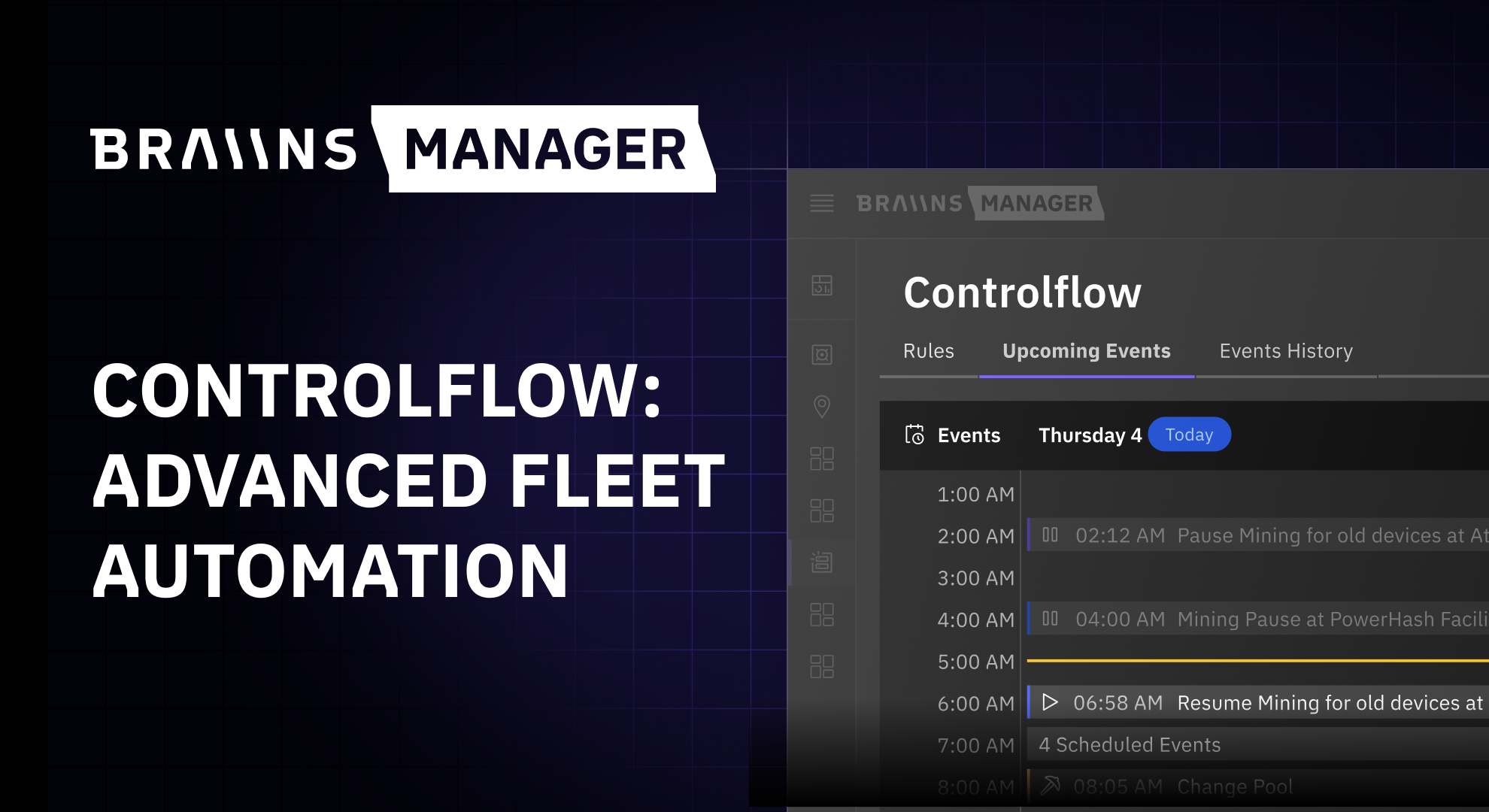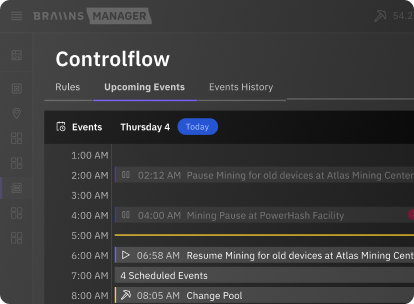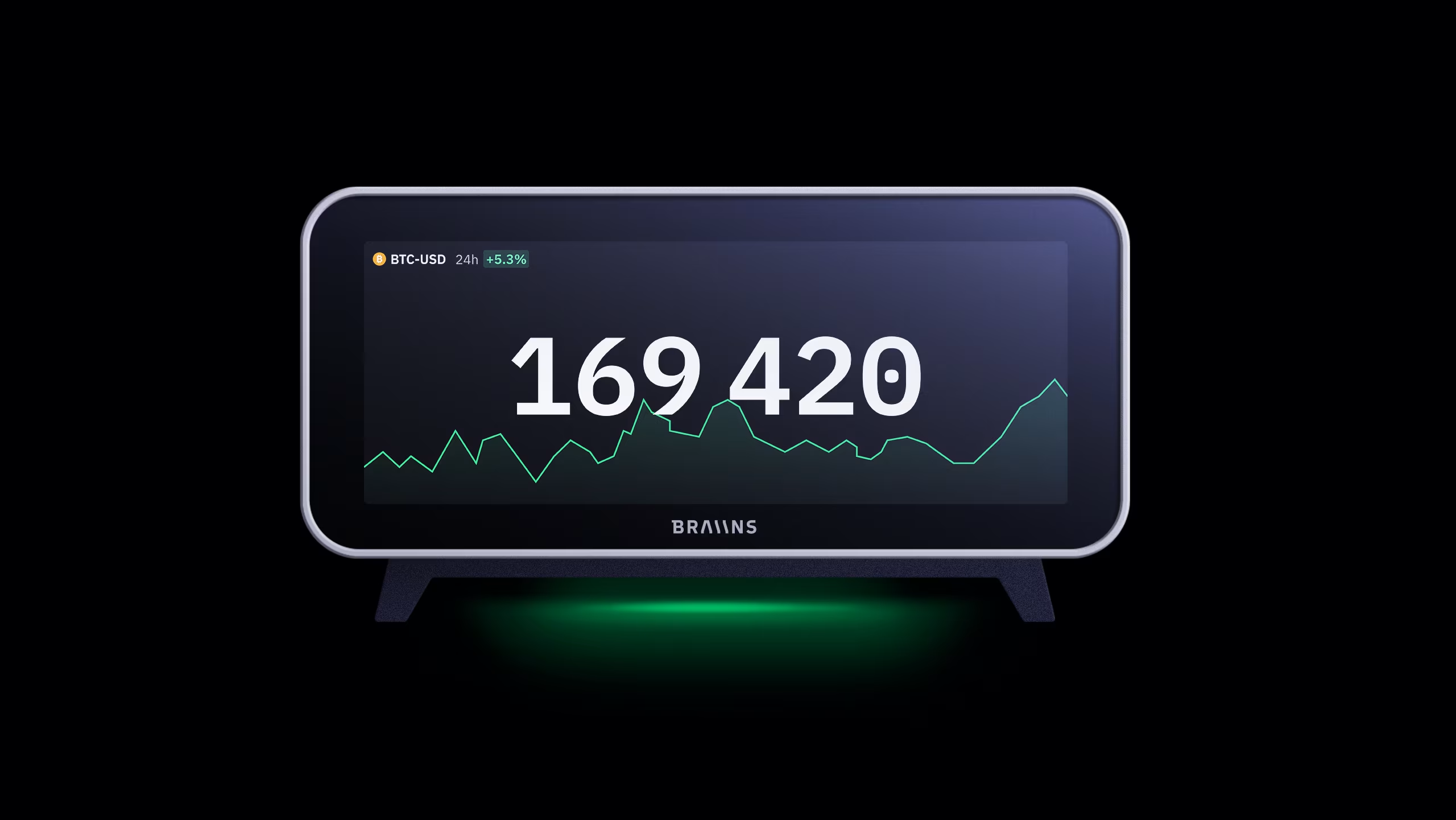At-home bitcoin solo lottery mining explained
Published
20.9.2024
Learn how home-based solo lottery mining works and how everyday users are mining bitcoin again.

Table of Contents
Bitcoin mining at home
Bitcoin mining started as nerds playing with their new hobby. Many early miners found their retirement without even knowing it. Back when block rewards were 50 BTC, plebs could stack sats with unheard of levels of volume, ease, and profitability.
With new technology coming out and improving by the day, these plebs no longer are at the forefront of mining. Still, bitcoiners are smart. They find ways to innovate and learn.
What started as a way for cypherpunks to send money electronically has evolved into multiple publicly traded companies working to secure the strongest computer network in the world. This change is a testament to bitcoin’s staying power and true usefulness in society. Energy grids want miners for stability.
How does bitcoin mining work?
Before going into the specifics of solo lottery mining and how to do it at home, it’s important to have a basic understanding of how things work.
Miners, the thousands of supercomputers spread across the globe, compete both with and against each other to compile and verify transactions made. The first miner to successfully guess a number – an extremely, extremely large number – receives the block reward plus all transaction fees recorded since the previous block (usually 10 minutes).

The purpose of mining is to receive brand new bitcoin, typically for less than the price of producing it – the electricity cost to run a bitcoin miner. As discussed, bitcoin mining evolved over the years, where now it makes the most sense to mine with a pool in order for sustained, profitable bitcoin mining. Payouts are split according to how much computing power is given to a pool. If John produces 15% of a pool’s power, and Jake produces 5% of the same pool’s power, they receive 15% and 5% of the block reward for every block they find.
Companies have taken this idea and flown with it. For a while, plebs were forced out, but plebs will pleb. Nothing can stop their love of bitcoin and securing the network.
Check out the Braiins Mini Miner, the BMM 101, to join the bitcoin mining solo/lottery today.
Enter at-home bitcoin solo lottery mining
Not everyone can have a massive data center with thousands of bitcoin miners BRRRing their way to consistent sats. Solo lottery mining has emerged for those that want the fun of mining with low cost, low chance, but very high reward. Plebs have started to use obsolete miners as space heaters, and rather than make a tiny contribution to a massive mining pool, they take the massive chance at finding an entire block.
Small miners with roughly 1 TH/s are commonly used in solo lottery mining. According to SoloChance.com, those are some slim odds.

Still, why not take the chance? It costs basically nothing to run an S9 and the reward is life-changing. It’s called solo lottery mining for a reason. Most plebs who participate understand there are extremely slim odds, but they do it for the love of bitcoin. There are more expensive hobbies that don’t offer the possibility of reward too. A commonly heard FUD is that governments will “ban” bitcoin mining. That will be difficult to enforce with thousands of plebs doing their part to secure the network with a bitcoin miner or two in the comfort of their own homes.
How to participate in bitcoin solo lottery mining
Part of the reason why plebs partake in this fun hobby is for education. There is never a bad time to learn about bitcoin, and configuring your very own miner offers a snapshot of what goes on at these industrial-sized mining facilities.
When setting up an ASIC, to play the never-ending bitcoin lottery, all you have to do is enter a solo pool URL and wallet address.
Braiins Solo is an incredibly easy tool to start solo mining. Our solo pool is open to anybody – just enter the pool URL into your miner, with your bitcoin wallet address as your username. The pool URL is:
stratum+tcp://solo.stratum.braiins.com:3333
Braiins Solo takes just a 0.5% fee on any block found – paid to the CKpool authors who wrote the code. Besides, what’s 0.5% on a 1-in-a-million chance? With easy participation and a low barrier to entry, solo lottery mining has grown tremendously as both bitcoin and bitcoin mining have evolved.

To test that you are validly mining on Braiins Solo, you can visit the Braiins Solo Stats page and enter your bitcoin wallet address. You will then see your stats relative to your mining setup. For more information on Braiins Solo, check out the Braiins Academy page.
Check out the Braiins Mini Miner, the BMM 101, to join the bitcoin mining solo/lottery today.
What are the odds?
Like we discussed, the odds of finding a block with just one ASIC are low. At the time of writing, the odds are roughly 1 in 249,694,649 blocks when mining with 1 TH/s. In one year, that is roughly 1 in 4,750. In terms of a lottery, those odds aren’t that crazy.
Despite the astronomical odds, it is slowly becoming its own industry. Many companies have released products that easily let users solo lottery mine. It makes sense, too. The odds of winning the Powerball or Mega Millions is roughly 1 in 300,000,000. Those lotteries only happen once every few days, too. A new bitcoin block is found every ten minutes on average. So, thanks to bitcoin, people can play the lottery automatically hundreds of times a day with a cool supercomputer, or they can purchase (easily lost) physical tickets regularly, with much worse odds.

While the odds are slim, solo lottery miners can be rewarded with more than just bitcoin. The sovereignty and decentralization of bitcoin is worth protecting, and even adding 1 TH to the network secures it a little bit more. Bitcoin is about more than money. It’s an ideology. When more people participate – no matter how small – it improves. Any time the network can get more decentralized, the network improves.
Solo lottery mining success stories
Obviously, this is a pretty fascinating subject. What’s more fascinating, however, is the results. There are several examples of bitcoin solo lottery miners finding blocks and reaping massive rewards.
Finding a bitcoin block on your own would be life-changing – there’s no denying that. It’d also be cool as hell. Being able to look at the entire public bitcoin ledger and say that block is my own would be unbelievable. It’d make you a bitcoin legend.
Check out the Braiins Mini Miner, the BMM 101, to join the bitcoin mining solo/lottery today.
Braiins Mini Miner
Braiins is happy to help more plebs join the cause with the release of our second generation Mini Miner - the BMM 101.



The BMM 101 will carry the same features as its predecessor, with added improvements such as wifi connectivity, larger display size, and better cooling.

The BMM 101 runs at roughly 1.3 TH on 40 Watts. The screen can display any mining statistics you want, making it the best price ticker lottery ticket on the market. Check out the Braiins Mini Miner, the BMM 101, to join the bitcoin mining solo/lottery today.
The Braiins Mini Miner series is the only solo lottery mining hardware with the same exact components found in data center ASICs. The setup process for a BMM 101 is literally the same as what goes on in mining facilities worldwide. Learn how mining works, play the bitcoin lottery, track key metrics, and style up your workplace – all with the BMM 101.
Categories
Be the first to know!
Read Privacy Policy.
Most Recent Articles
.png)
The Best Bitcoin Conferences & Events of 2026
29.12.2025

Introducing Controlflow: Advanced Automation in Braiins Manager
9.12.2025



